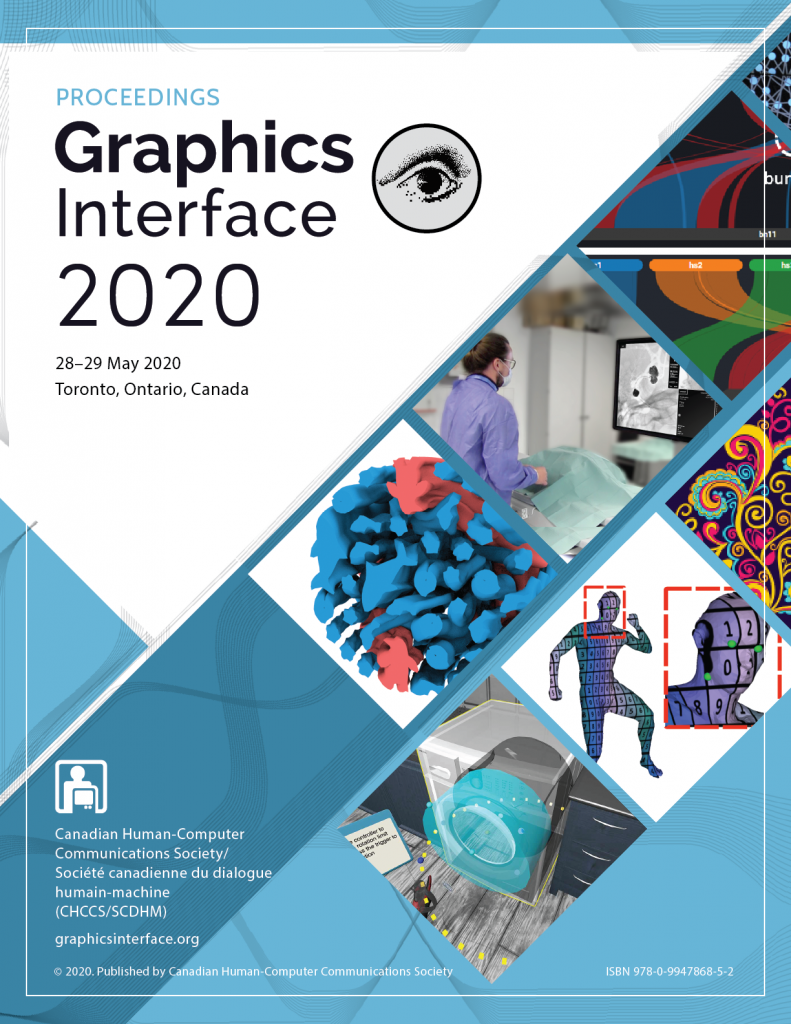Video
BibTex
@inproceedings{Gutwin:2020:10.20380/GI2020.21,
author = {Gutwin, Carl and Hofmeister, Carl and Ledo, David and Goguey, Alix},
title = {Learning Multiple Mappings: an Evaluation of Interference, Transfer, and Retention with Chorded Shortcut Buttons},
booktitle = {Proceedings of Graphics Interface 2020},
series = {GI 2020},
year = {2020},
isbn = {978-0-9947868-5-2},
location = {University of Toronto},
pages = {206 -- 214},
numpages = {9},
doi = {10.20380/GI2020.21},
publisher = {Canadian Human-Computer Communications Society / Société canadienne du dialogue humain-machine},
}
Abstract
Touch interactions with current mobile devices have limited expressiveness. Augmenting devices with additional degrees of freedom can add power to the interaction, and several augmentations have been proposed and tested. However, there is still little known about the effects of learning multiple sets of augmented interactions that are mapped to different applications. To better understand whether multiple command mappings can interfere with one another, or affect transfer and retention, we developed a prototype with three pushbuttons on a smartphone case that can be used to provide augmented input to the system. The buttons can be chorded to provide seven possible shortcuts or transient mode switches. We mapped these buttons to three different sets of actions, and carried out a study to see if multiple mappings affect learning and performance, transfer, and retention. Our results show that all of the mappings were quickly learned and there was no reduction in performance with multiple mappings. Transfer to a more realistic task was successful, although with a slight reduction in accuracy. Retention after one week was initially poor, but expert performance was quickly restored. Our work provides new information about the design and use of chorded buttons for augmenting input in mobile interactions.





















































